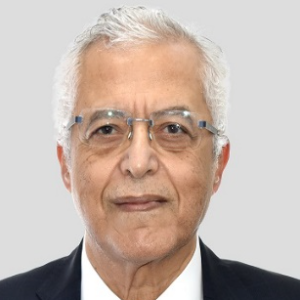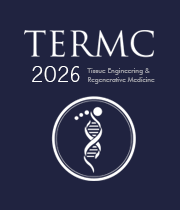Assembly Methods
Tissue engineering is the process of replicating a tissue's structural and spatial structure or function using cells and scaffolds. The goal of an ideal engineered tissue determines how it is made. Biocompatibility and the creation of a tissue that can imitate most of its natural biological functions are the major problems for therapeutic applications. Furthermore, an implanted tissue's vitality is linked to its ability to support circulatory networks. For various self-assembled tissues, adjustments and alterations in stromal thickness and extracellular matrix composition are described. Methods for producing tissue with a morphology and structure that closely resembles that of the native tissue, for incorporating capillary-like networks, and for reducing production time and costs are also discussed. The self-assembly approach produces a stroma that is free of exogenous material and can be used to create the fastest, cheapest, and closest-to-native tissue bioengineering for medicinal and basic research applications.

Nagy Habib
Imperial College London, United Kingdom
Lucie Bacakova
Institute of Physiology of the Czech Academy of Sciences, Czech Republic



Title : AI-integrated high-throughput tissue-chip for space-based biomanufacturing applications
Kunal Mitra, Florida Tech, United States
Title : Stem cell technologies to integrate biodesign related tissue engineering within the frame of cell based regenerative medicine: towards the preventive therapeutic and rehabilitative resources and benefits
Sergey Suchkov, N.D. Zelinskii Institute for Organic Chemistry of the Russian Academy of Sciences, Russian Federation
Title : In vitro evaluation of lyophilized Dedifferentiated Fat cells (DFAT) impregnated artificial dermis
Kazutaka Soejima, Nihon University, School of Medicine, Japan
Title :
Nagy Habib, Imperial College London, United Kingdom
Title :
Alexander Seifalian, Nanotechnology & Regenerative Medicine Commercialisation Centre, United Kingdom
Title : The regenerative medicine of the future
Marco Polettini, DVM, Italy